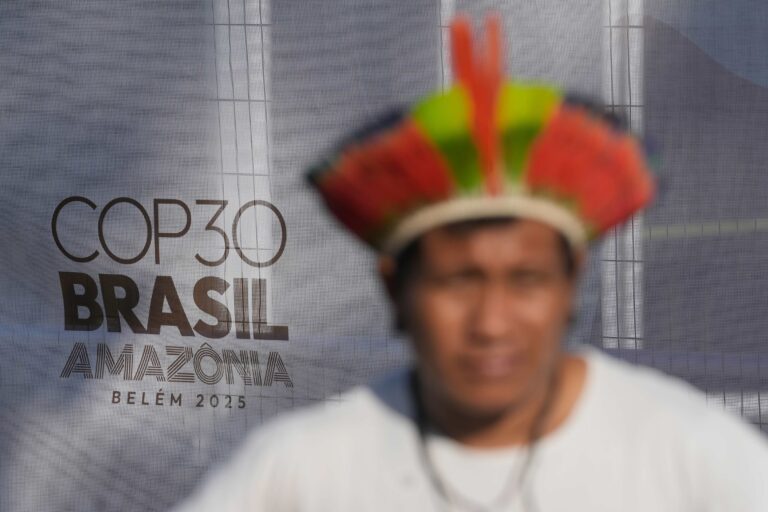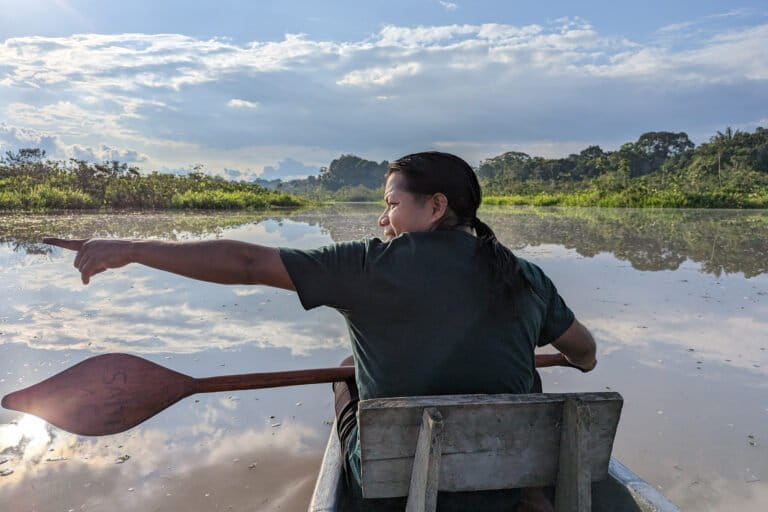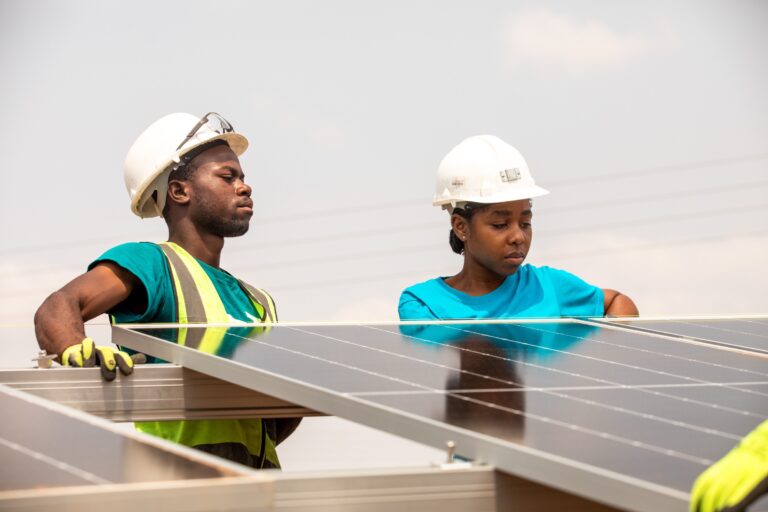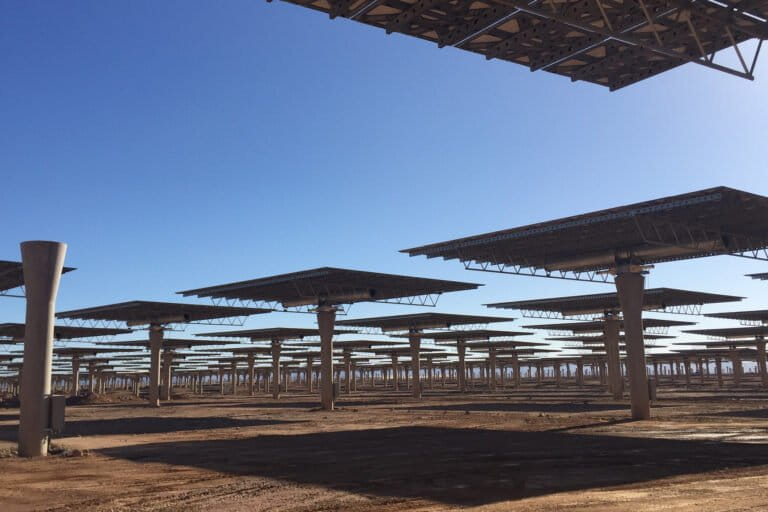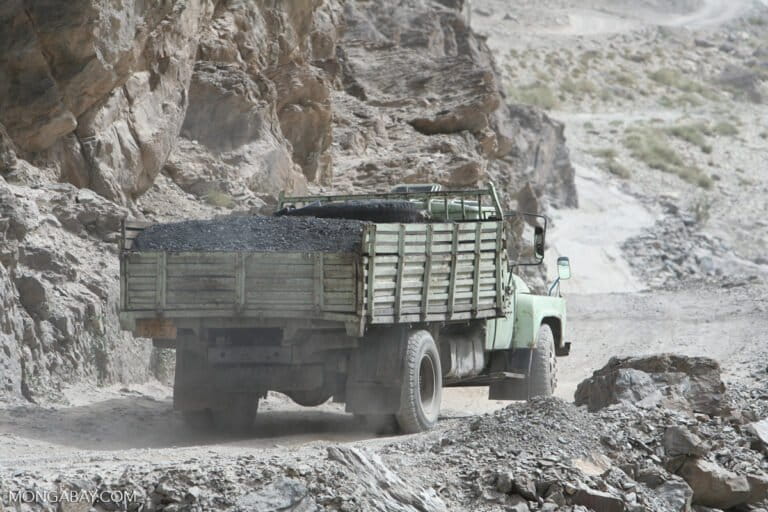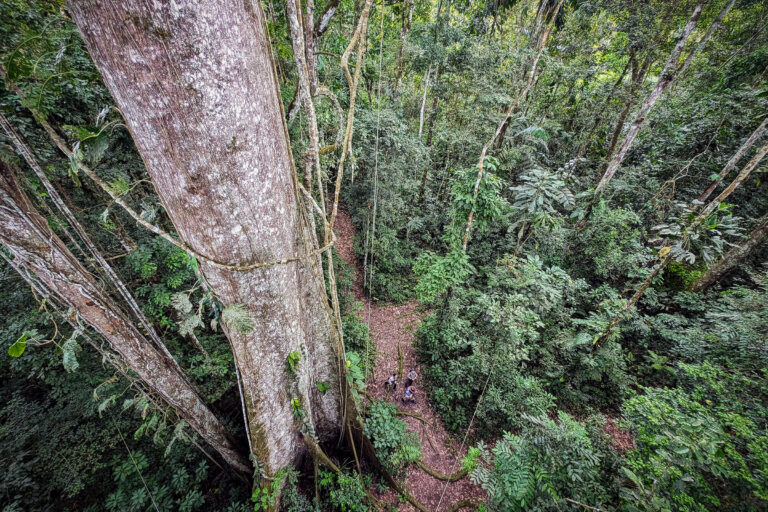- Mongabay is publishing a new edition of the book, “A Perfect Storm in the Amazon,” in short installments and in three languages: Spanish, English and Portuguese.
- The paradox of minerals is that thousands of families depend on their exploitation and the economic activities generated, but at the same time suffer the impacts on their ecosystems, livelihoods and health.
- According to Killeen, governments know that the promotion of mineral development generates an unfavorable balance of payments in the long term. Thus, the overall cost-benefit equation may require a different development strategy.
- In the meantime, people living in the surrounding of projects are often torn between the desire for employment (however temporary) and the fear of environmental impacts that persist for decades.
Mineral extraction is a major cause of contention among the inhabitants of the Pan Amazon. Thousands of families depend on economic activity that originates, directly or indirectly, from the mining and hydrocarbon industries. Simultaneously, thousands of families suffer, directly or indirectly, from the impacts caused by the exploitation of non-renewable natural resources.
The mineral sector can be organized into three areas based on the type of commodity being extracted: (1) Industrial minerals, such as iron ore, bauxite, copper, zinc, magnesium, nickel, lead, molybdenum and tin, which are key to essential supply chains in the global economy; (2) Gold, which has only limited industrial use, but which occupies a strategic position in financial markets due to the value assigned by human society; (3) Hydrocarbons, specifically natural gas and petroleum, which power electricity and transportation systems that are still much in demand by the global economy and are integral to the macroeconomic health of domestic economies, although their future utility is limited by the reality of climate change and the accelerating transition to renewable energy.

The extractive industries rely on the approval (legal) or acquiescence (illegal gold mining) of national governments, who are motivated by short-term economic benefits that are quasi-addictive in their macroeconomic impact. The hard reality of an unfavorable balance of payment situation forces governments to promote mineral development, even when the overall cost–benefit equation might call for a different development strategy. This predisposition is replicated by regional and local governments, particularly those controlled by local elites that benefit from secondary business opportunities. Local populations are commonly conflicted by mineral development projects and some welcome employment opportunities, even when transitory, while others fear the well-documented social and environmental impacts that can persist long after the productive life cycle of the so-called extractive asset.
The operators of a mine or an oil field are morally, legally and financially liable for the environmental and social impacts caused by their business ventures. They share that liability with the state, however, because governments are the recipients of taxes and royalties, as well as the administrators of the agencies charged with regulatory oversight. Because minerals are export commodities, the cost of avoiding, mitigating or remediating impacts are (theoretically) shared by consumers and downstream industries as well as financial institutions that vet and approve all legally constituted projects.
Outside of these easily identifiable and coercible stakeholders are the wildcat miners who benefit from the acquiescence (malfeasance) of elected officials, while being rewarded by an international financial system that buys their gold. Nobody has assumed the moral, legal or financial responsibility for remediating the massive impacts caused by wildcat miners. That cost is borne by the inhabitants of the Amazon.
“A Perfect Storm in the Amazon” is a book by Timothy Killeen and contains the author’s viewpoints and analysis. The second edition was published by The White Horse in 2021, under the terms of a Creative Commons license (CC BY 4.0 license).
To read earlier chapters of the book, find Chapter One here, Chapter Two here, Chapter Three here and Chapter Four here.

Chapter 5. Mineral commodities: a small footprint, a large impact and a great deal of money
- Mineral commodities: the wealth that generates most impacts in the Pan Amazon | Introduction March 21st, 2024
- The environmental and social liabilities of the extractive sector March 26th, 2024
- Mining in the Pan Amazon in pursuit of the world’s most precious metal April 4th, 2024
- Illegal mining in the Pan Amazon: an ecological disaster for floodplains and local communities April, 9th
- The environmental mismanagement of enduring oil industry impacts in the Pan Amazon April, 17th
- Outdated infrastructure and oil spills: the cases of Colombia, Peru and Ecuador April, 25th
- State management and regulation of extractive industries in the Pan Amazon May 2nd, 2024
- Is the extractive sector really favorable for the Pan Amazon’s economy? May 8th, 2024
- Extractive industries look at degraded land to avoid further deforestation in the Pan Amazon May 15th, 2024
- Global markets and their effects on resource exploitation in the Pan Amazon May 21st, 2024
- Sustainability in the extractive industries is a paradox May 29th, 2024
- In the Pan Amazon, environmental liabilities of old mining have become economic liabilities June 5th, 2024
- Solutions to avoid loss of environmental, social and governance investment June 12th, 2024
- The most prominent mining companies in the Pan Amazon – a review June 21st, 2024
- Mineral hotspots in the Pan Amazon June 27th, 2024
- Brasil, Venezuela and Peru: the geography of industrial metals July 5th, 2024
- Industrial minerals in the Pan Amazon July 12th, 2024
- Minerals for agricultural use can already be found in Amazonia July 19th, 2024







